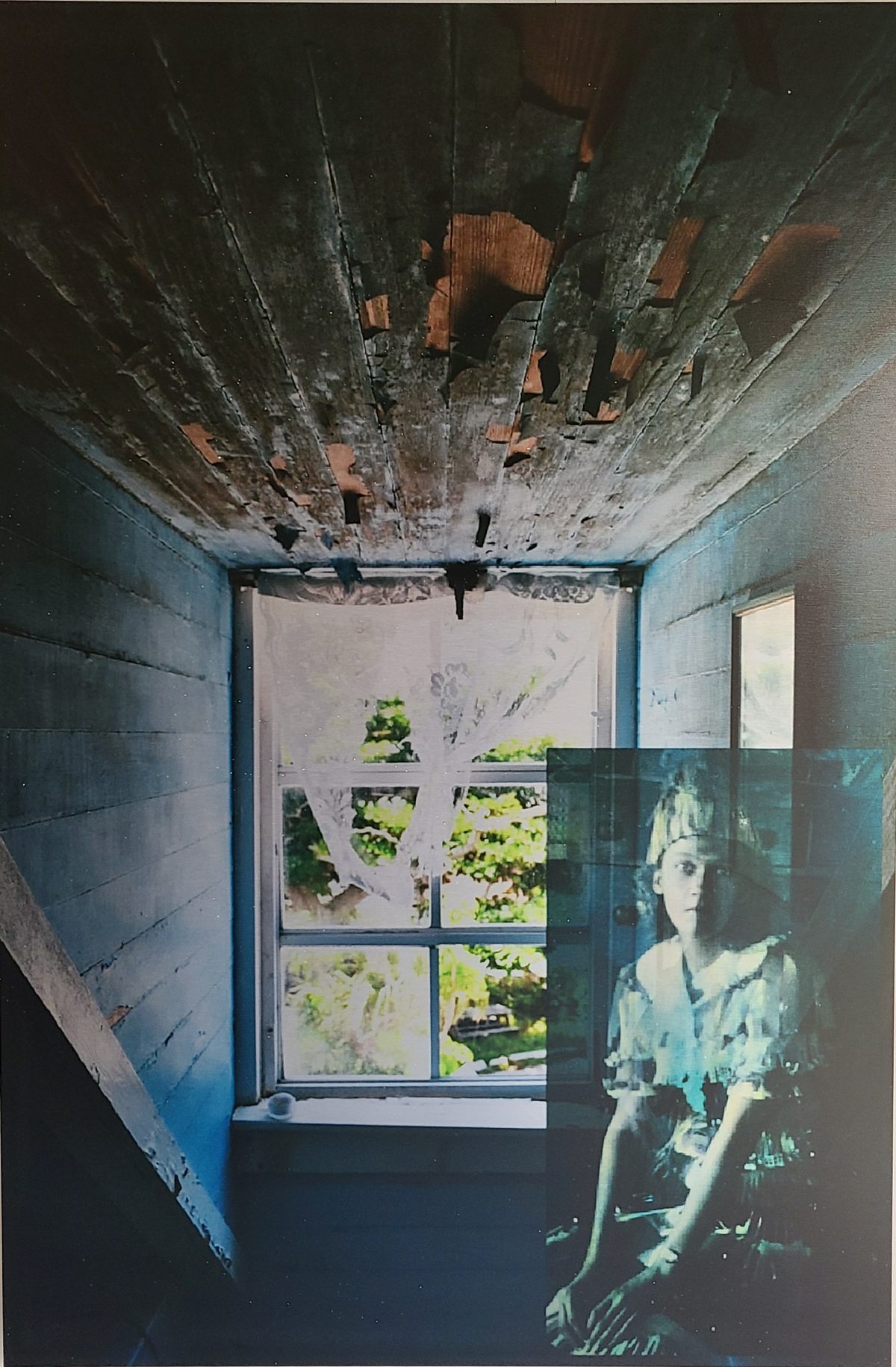
NASSAU, THE BAHAMAS — When I recently visited the Bahamas I spoke with Amanda Coulson about Tern gallery, the new art gallery she cofounded last December with Lauren Perez, and she told me a story that relates how the gallery program and their current exhibition are necessary interventions in the conversation on Bahamian art. Coulson told me that while she was in Venice for the Biennale in 2013, taking in the work of Tavares Strachan at the Bahamian pavilion, a curator she knows emerged from the space exclaiming surprise that the show was “so conceptual.” Coulson thought, “Well, yes, we have concepts in the Caribbean.” Tern’s show, The Other Side of the Pentaprism, means to reply to that kind of ignorance and soft condescension with beauty, with scrutiny of the artists’ identity, and with determination, all brought together within the concept of how one sees through a camera’s lens.
The show’s title refers to the prism that is traditionally installed in a single-lens reflex camera to turn the image initially inverted by the camera lens right side up, so that the visible world makes sense to the viewer peering through the viewfinder. As the gallery text reads: “[the show] (re-)mirrors a vision of the Caribbean as it is, but seldom is seen. The six artists in the show are the pentaprism, filtering their gaze through their creative vision.” These artists — Tiffany Smith and Jodi Minnis, Tamika Galanis and Melissa Alcena, Leanne Russell and Lynn Parotti (who are paired by having each artist’s work hung on a wall that meets the other at a corner intersection) — all provide distinct ways of seeing the Caribbean in its proper orientation.
I am drawn to both Smith and Minnis, the first pair I encounter on entering the gallery (they are also paired in terms of having similar approaches to image making) because they use photographic self-representation to discuss the ways and means of Caribbean womanhood. Smith’s portraits, such as “Yellow Bird in Banana Tree” (2021), get at her ongoing struggle with being seen as exotic, beating onlookers to the punchline by exoticizing herself in costumes that exaggerate her mixed (Jamaican, Guyanese, Bahamian) identity. Minnis conversely, threatens the viewer with an outstretched rolling pin in “No” (2019), essentially conveying that the woman seen to inhabit the “mammy” figure of perpetual servitude will knock you into the middle of next week as soon as your gaze leaves her. (Actually I prefer the images that are supplementary to the show, installed on a back wall: a series of figurines all holding their rolling pins like rifles across their chests, the “Bahama Mama Army.”)

Of the other artists, I was intrigued by Alcena’s work, especially “Bird of Paradise” (2020) which conflates the image of a nude woman, softly lit, with the eponymous flower held by the model against her back and shoulder. It is the sensual and gentle antidote to the caricature of the mammy figure.

Leanne Russell takes places her figures in present-day and historically documented landscapes of the smaller island Green Turtle Cay, part of the Abaco islands. She colorizes and overlays archival images and prints the juxtaposed images on aluminum, which gives the images a shimmering and iridescent shimmer, particularly in the late afternoon sun, which I caught on my first of two visits to the gallery. Her “The Things We Inherit: The Paper Crown” (2020) made the figure in the lower right corner sit into the contemporary image like a watchful spirit guide.

Pentaprism, curated by Coulson, who was previously the director of the National Gallery of the Bahamas, feels like it continues the work she had been doing there: looking at the ways that Bahamians and the greater Caribbean culture sees itself and helping those outside the culture see us fully as well.
The Other Side of the Pentaprism continues at Tern gallery (Mahogany Hill, Western Road,Nassau, The Bahamas) through November 13. It was curated by Amanda Coulson.
0 Commentaires